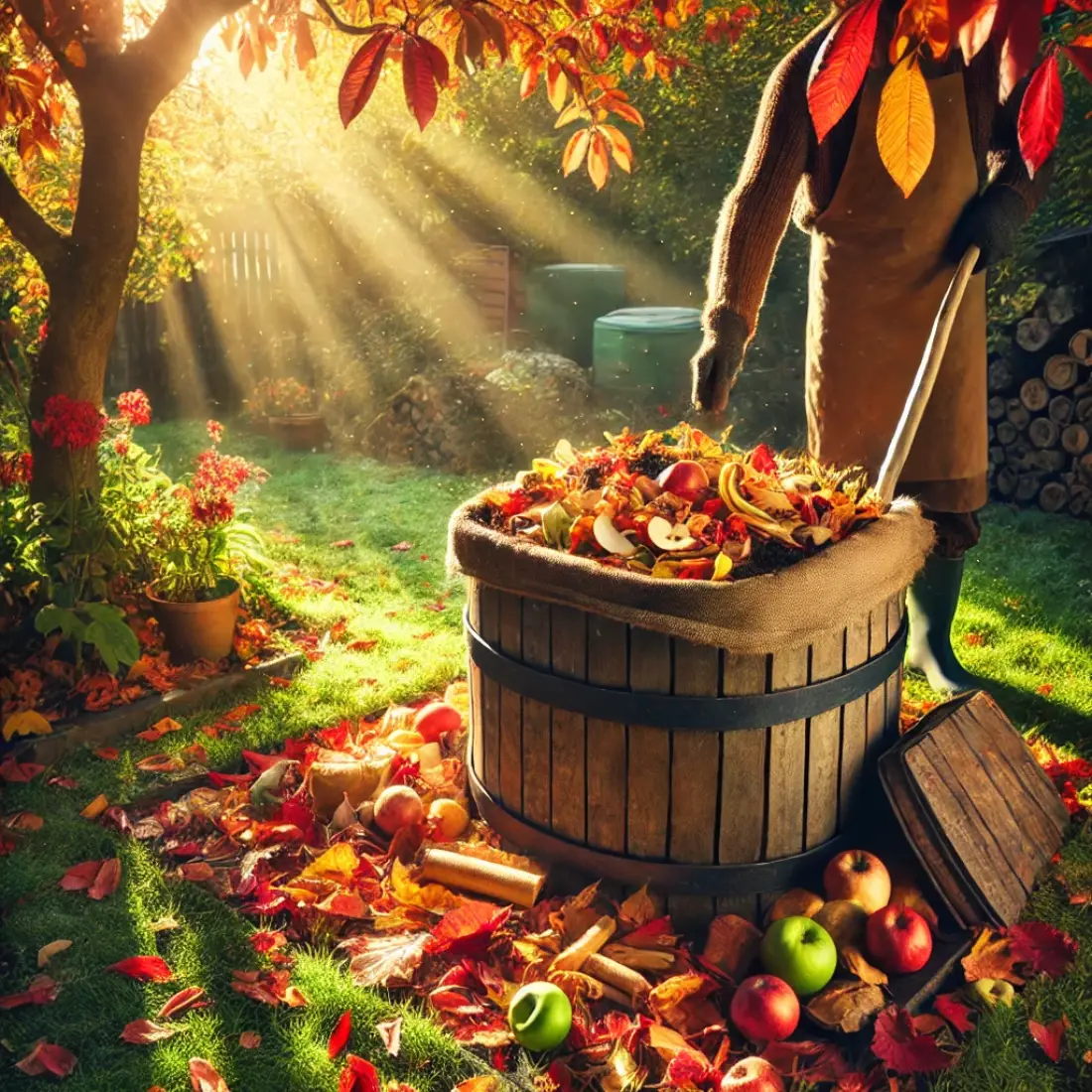Freeze damage can wreak havoc on your garden, leaving once-thriving plants wilted, discolored, or even lifeless. Fortunately, you can treat these issues organically and help your plants bounce back.
This guide covers everything from identifying freeze damage to effective, eco-friendly treatments and preventative measures.
- Identify symptoms like wilting, discoloration, and browning to assess freeze damage.
- Use organic techniques such as gradual thawing, delayed pruning, and proper mulching.
- Protect plants from future freezes with frost cloths, mulches, and smart watering practices.
- Different plants have unique needs—learn what works for tropical plants, succulents, and more.
What is Freeze Damage in Plants?
Freeze damage occurs when temperatures drop below a plant’s tolerance level, causing ice crystals to form inside cells. This process disrupts the plant’s tissues, leading to symptoms like browning leaves, blackened stems, or even root death.
Young plants, tropical varieties, and those unadapted to your climate are especially vulnerable. Acting quickly after a freeze is essential to their recovery.
Signs Your Plants Are Suffering from Freeze Damage
1. Leaf and Stem Symptoms
Damaged leaves may appear discolored—ranging from dark green to black—or wilted and crispy. Stems often darken or crack due to internal tissue damage.
2. Flowers and Fruit Indicators
If your flowering plants were caught in the freeze, their blooms might shrivel or fall off prematurely. Similarly, fruits can develop soft spots or a mushy texture.
3. Hidden Root Issues
Though not immediately visible, freeze damage to roots can stunt growth and cause plants to struggle even after surface recovery. Watch for delayed sprouting or an overall lack of vigor.
What Determines Freeze Damage Severity?
Plant Hardiness
Some plants are naturally more frost-resistant than others. Check your region’s USDA Plant Hardiness Zone to ensure your selections align with your climate.
Exposure Duration
A brief frost might do little harm, but prolonged exposure to freezing temperatures can cause lasting damage.
Plant Age
Young plants, seedlings, and freshly transplanted species are often less hardy than mature plants with established root systems.
How to Treat Freeze-Damaged Plants Naturally
Take Immediate Action Post-Freeze
- Gradual Thawing: Allow plants to warm naturally by shielding them from direct sunlight, which could cause further stress.
- Hydrate the Soil: Ensure the roots have access to moisture, but avoid overwatering. Thawed plants are more vulnerable to root rot.
- Wait Before Pruning: Resist the urge to cut off damaged areas immediately. Those browned leaves might still protect the plant until new growth emerges.
When and How to Prune
- Timing Matters: Wait a few weeks post-freeze to assess the extent of the damage. Only prune when it’s clear which parts of the plant are truly dead.
- Cut with Care: Use sterilized tools to remove blackened or mushy stems. Avoid cutting into green, healthy tissue.
- Compost the Clippings: Add pruned material to your compost pile instead of discarding it, provided it isn’t diseased.
Preventing Freeze Damage Organically
1. Choose Hardy Plants
Opt for species known to thrive in your area’s climate. Native plants and hardy perennials often fare better during frosts.
2. Use Organic Mulch
Layer organic mulch, like straw or shredded leaves, around the base of plants to insulate the roots. Mulch also retains soil moisture, further aiding the plant during winter stress.
3. Cover Your Plants
Use breathable, natural materials like burlap or frost cloth to shield plants from freezing temperatures. Secure covers with stones or stakes to prevent wind damage.
4. Smart Watering Practices
Watering the soil before a predicted frost can stabilize ground temperatures. However, avoid wetting the foliage, as this could lead to ice formation.
Caring for Specific Plant Types
Tropical Plants: Tropical plants require extra care in cold climates. Move potted plants indoors during frosts or cover them thoroughly. If the plant is too large to relocate, wrap it with several layers of frost cloth.
Succulents and Cacti: These plants are particularly sensitive to freezing temperatures. Cover them lightly to allow airflow while still providing insulation. Avoid watering succulents right before a freeze—they store water in their leaves, which can freeze and burst.
Perennials vs. Annuals: Perennials often recover from freeze damage more effectively than annuals. If your annuals appear lifeless, they may not recover, but their seeds might sprout in the next growing season.
Helping Plants Recover Over Time
Inspect Regularly: Monitor plants weekly for signs of new growth or lingering damage. Document changes to understand which methods are working best.
Fertilize Naturally: Once recovery begins, use organic compost or natural fertilizers to promote healthy regrowth. Avoid synthetic fertilizers, which may overstimulate stressed plants.
Maintain Soil Health: Healthy soil is the foundation for plant resilience. Incorporate compost, aged manure, and organic matter to support recovery and future frost resistance.
Freeze damage doesn’t have to spell doom for your plants. With organic solutions like mulching, pruning, and protective coverings, you can restore your garden naturally. By preparing your plants for future cold snaps, you’ll ensure they thrive no matter the weather.
FAQs: Addressing Common Concerns
1. How soon should I water plants after a freeze?
Water plants as soon as the soil has thawed to ensure the roots remain hydrated. However, avoid overwatering, as soggy soil can exacerbate damage.
2. Should I fertilize plants immediately after a freeze?
No, wait until new growth begins before fertilizing. Overloading stressed plants with nutrients can do more harm than good.
3. Can I save a plant with completely blackened leaves?
It depends on the plant and the extent of the damage. If the roots and stems are still green and firm, recovery is possible with proper care.










